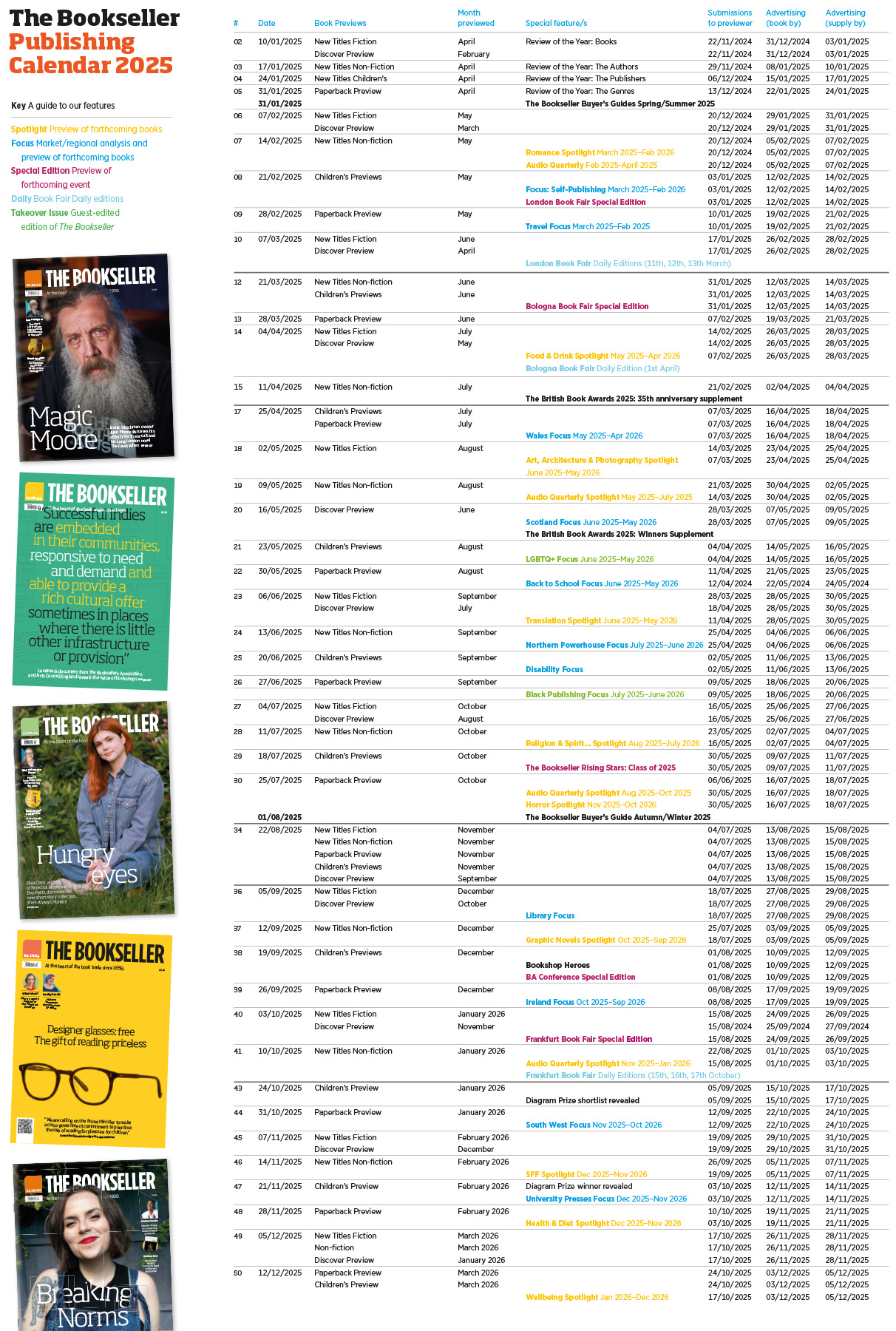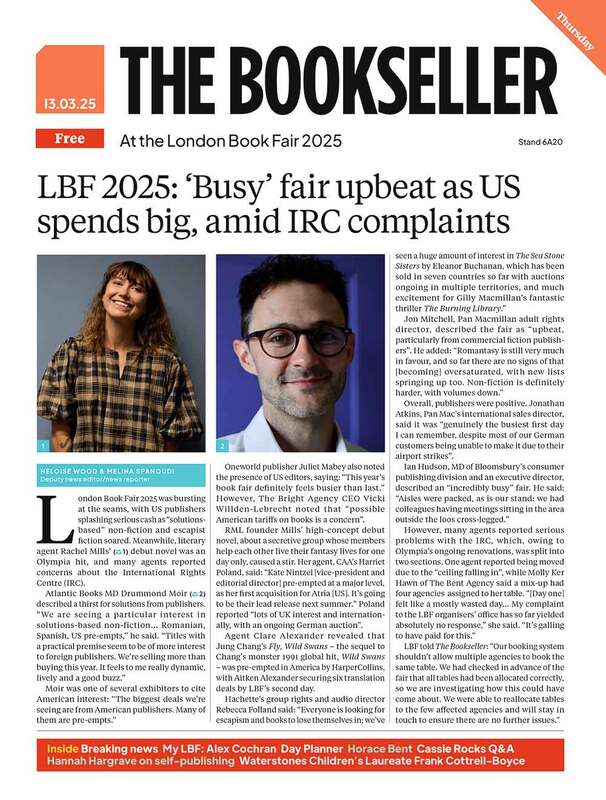You are viewing your 1 free article this month. Login to read more articles.
CLPE data shows sustained rise of ethnic minority representation in kids’ books
CLPE research and development director Farrah Serroukh discusses the findings from the latest Reflecting Realities report on representation in children’s books.
Last year, 20% of children’s books published in the UK featured a minority ethnic character, with 9% including a main character of colour, according to the Reflecting Realities Survey of Ethnic Representation within UK Children’s Literature, released today by the Centre for Literacy in Primary Education (CLPE).
This is a marked increase since the first report, published five years ago, in which only 4% of the books surveyed featured a minority ethnic character and just 1% had a main character of colour. However, fiction is lagging behind picture books and non-fiction in terms of minority representation.
The annual CLPE survey, which is funded by Arts Council England, launched in 2017 to determine the extent and quality of ethnic minority characters featured within picture books, fiction and non-fiction aimed at three to 11-year-olds published in the UK. In 2021, 5,383 eligible titles were published and of these 1,059 (20%) featured characters of colour, a 5% year-on-year rise.
The survey found that 84% of characters of colour who formed part of a main cast influenced the narrative in their expression of thought, voice or action. This is a slight drop of 6% compared to the previous year, but still significantly up from the 38% figure reported in the inaugural survey. Additionally, 32% of books submitted featured a multicultural cast of characters with shared agency, fairly stable with 2020’s figure (33%) and a notable increase from 10% in 2017. The report also found that 17% of the titles featured a main character who spoke about their ethnicity and whose ethnicity formed the basis of a plot point. Meanwhile, 40% of the books only featured the presence of characters of colour in the form of background characters.
Slow fiction
Of the three text types reviewed, fiction has seen the slowest and smallest incremental year-on-year change, with only 11% of fiction books published in 2021 featuring minority ethnic characters. This is compared to 61% for picture book titles, 10 times the 6% figure from the first year of reporting, and 41% for non-fiction titles published in 2021. Given that the large majority of non-fiction books aimed at the three-to-11 age range are illustrated, CLPE surmised that the disparity in representation in picture books and non-fiction compared to fiction is partly down to it being “both easier to ensure and identify presence” in illustrated titles.
Considering the lower number of representative fiction titles, CLPE’s research and development director Farrah Serroukh, who led the report, believes that this text type “gives us a truer perspective of the challenges at hand” than picture books and non-fiction. She explains: “In the early stages of conceptualisation, if you’re not envisaging a diverse cast, it’s not something that you can then go back and quickly remedy, and any efforts to try to remedy it will be quite surface [level].”
The report also shows a contrast between the make-up of the population in England and Wales (using data from 2011’s census) and the demographic make-up of story worlds. One of the starkest differences is between the percentage of books published featuring an Asian main character (less than 1%); the percentage of the population that is Asian, according to the 2011 census, is just under 7%. Census data from last year is currently being processed but CLPE notes that, given changes in population growth in the past decade, the disparity between the demographic make-up of book characters and the real-world population is likely greater than reported.
In its analysis of the submissions, CLPE found that the quality of presence and portrayals of characters from racially minoritised backgrounds “varied quite significantly within and across publishing houses”. Serroukh says: “I don’t necessarily think that’s because there is a lack of desire or good intention. I think that is because there is still lots of work to be done around really understanding what meaningful presence is and what that looks like, and how best to craft it so that your end product is reflective of that.” To this end, the report provides guidance to help publishers create more meaningful, balanced and consistent portrayals of minority ethnic characters in the form of a series of prompts designed to encourage critical reflection throughout the creative process. Alongside the report’s release, CLPE is hosting an event for publishers to provide further insight.
Charting progress
Serroukh compiled the survey’s framework in consultation with a steering committee of leading experts in publishing and education. Submissions were reviewed by a team of students at City University, overseen by Serroukh. Summing up her overall thoughts on this year’s data, Serroukh says: “For me, the report feels like a distillation of the journey that we have been on, and that the industry has been on... but it’s not a journey that’s complete.” She expands: “The takeaway for me is that there has definitely been a concerted effort. There definitely is a sense of a shift.”
However, she adds: “We’re not at the finishing line just because the numbers have improved and just because we have drawn out some fantastic examples of practice and some really stellar titles. Those still aren’t the norm and the standard consistently... I think this is where it gets interesting, because this is where it gets harder, I think, to sustain the momentum around it.”
CLPE, which celebrates its 50th anniversary this year, is in the second year of a three-year research programme, Reflecting Realities in the Classroom, funded by the Paul Hamlyn Foundation. It looks at bringing quality representative literature into the classroom, charting the progress of 300 children from 10 schools. The initial findings from this work will be published by Sage in a new book in 2024.






















